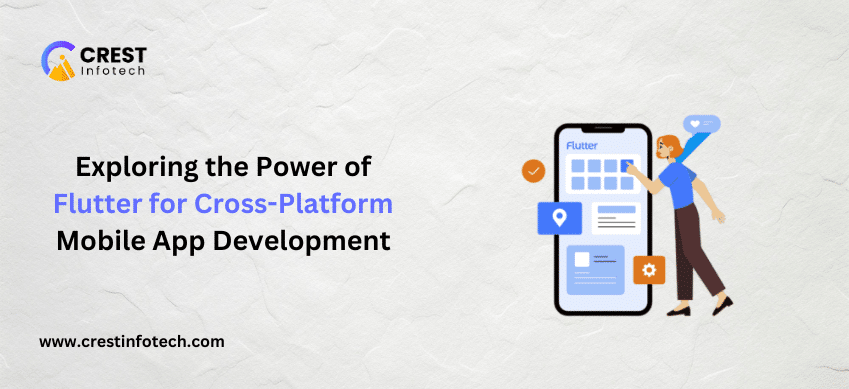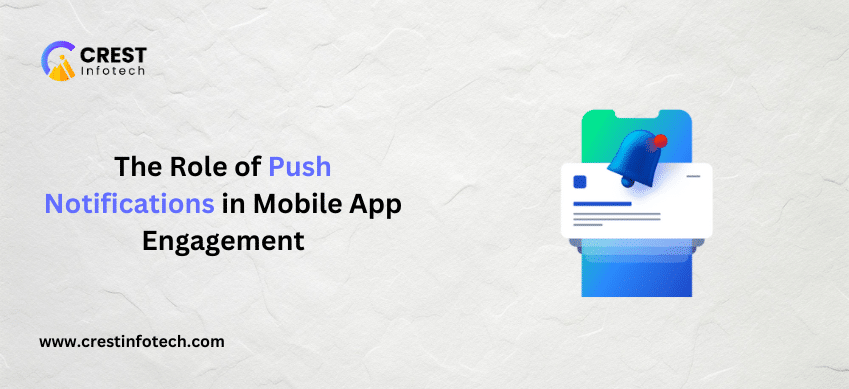1. Neumorphism (Soft UI)
Neumorphism, also known as Soft UI, is a design trend that creates soft, subtle, and realistic 3D effects to user interfaces, resembling elements casting shadows on each other. This trend adds depth and dimensionality to interfaces, making them visually appealing and tactile.
- Key Features:
- Soft shadows and highlights.
- Minimalistic and clean design.
- High contrast between elements.
2. Dark Mode and Light Mode Switching
With the increasing focus on user preferences and accessibility, apps are adopting dark mode and light mode switching features. Users can choose between light and dark themes based on their preference or the time of day, providing a personalized experience.
- Key Features:
- Toggle switch for switching between light and dark modes.
- Consistent color schemes for both modes.
- Reduced eye strain and improved readability.
3. Augmented Reality (AR) Integration
Augmented Reality is gaining momentum in web and mobile app design, offering immersive and interactive experiences. From virtual try-on features in e-commerce apps to AR navigation in travel apps, integrating AR enhances user engagement and creates memorable experiences.
- Key Features:
- Real-time object tracking and overlay.
- Interactive 3D models and animations.
- Enhanced product visualization and storytelling.
4. Voice User Interface (VUI) Design
Voice User Interface (VUI) design is becoming increasingly popular with the rise of voice-controlled devices and virtual assistants. Integrating voice commands into web and mobile apps enables hands-free interaction and accessibility for users.
- Key Features:
- Voice-controlled navigation and commands.
- Natural language processing for improved understanding.
- Voice feedback and confirmation.
5. 3D Elements and Illustrations
3D elements and illustrations add depth, realism, and interactivity to web and mobile app interfaces, creating visually stunning and engaging experiences. From 3D product showcases to interactive 3D graphics, this trend enhances user engagement and storytelling.
- Key Features:
- Interactive 3D animations and transitions.
- Realistic lighting and textures.
- Depth perception and parallax effects.
6. Microinteractions and Animations
Microinteractions and animations play a crucial role in improving user experience by providing feedback, guiding users, and making interactions more enjoyable. From subtle hover effects to animated transitions, microinteractions enhance usability and delight users.
- Key Features:
- Smooth and fluid animations.
- Interactive feedback for user actions.
- Delightful transitions and loading animations.
7. Data Visualization and Infographics
With the increasing emphasis on data-driven decision-making, data visualization and infographics are becoming integral parts of web and mobile app design. Visualizing complex data in a clear and understandable way enhances user comprehension and engagement.
- Key Features:
- Interactive charts, graphs, and diagrams.
- Dynamic data updates and filtering options.
- Storytelling through data visualization.
8. Minimalistic and Sustainable Design
Minimalistic design continues to be a prominent trend, focusing on simplicity, clarity, and sustainability. Clean layouts, ample whitespace, and eco-friendly color schemes contribute to a more sustainable and environmentally conscious design approach.
- Key Features:
- Simple and intuitive navigation.
- Reduced visual clutter and distractions.
- Earthy tones and environmentally friendly imagery.
9. Progressive Web Apps (PWAs)
Progressive Web Apps (PWAs) combine the best features of web and mobile apps, offering fast loading times, offline capabilities, and push notifications. PWAs provide a seamless user experience across devices and platforms.
- Key Features:
- Offline access to content and data.
- Add to Home Screen functionality.
- Push notifications for re-engagement.
10. Personalized and Contextual Experiences
Personalization and context-awareness are crucial for delivering tailored experiences to users. By leveraging user data and preferences, web and mobile apps can provide personalized content, recommendations, and interactions.
- Key Features:
- User-centric content recommendations.
- Context-aware notifications and alerts.
- Adaptive interfaces based on user behavior and preferences.
Conclusion
As we move further into 2024, these trends are expected to shape the landscape of web and mobile app design, influencing how digital experiences are created and perceived. By embracing these trends and incorporating them into your design strategies, you can create more engaging, intuitive, and user-friendly interfaces that resonate with your audience. However, it’s essential to balance trends with usability and accessibility to ensure that your designs provide meaningful and inclusive experiences for all users.



